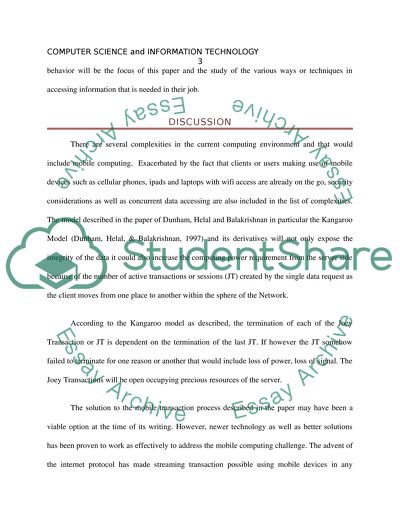Cite this document
(“A survey on recent developments of a specific area in transaction Essay”, n.d.)
Retrieved de https://studentshare.org/information-technology/1390406-a-survey-on-recent-developments-of-a-specific-area
Retrieved de https://studentshare.org/information-technology/1390406-a-survey-on-recent-developments-of-a-specific-area
(A Survey on Recent Developments of a Specific Area in Transaction Essay)
https://studentshare.org/information-technology/1390406-a-survey-on-recent-developments-of-a-specific-area.
https://studentshare.org/information-technology/1390406-a-survey-on-recent-developments-of-a-specific-area.
“A Survey on Recent Developments of a Specific Area in Transaction Essay”, n.d. https://studentshare.org/information-technology/1390406-a-survey-on-recent-developments-of-a-specific-area.


